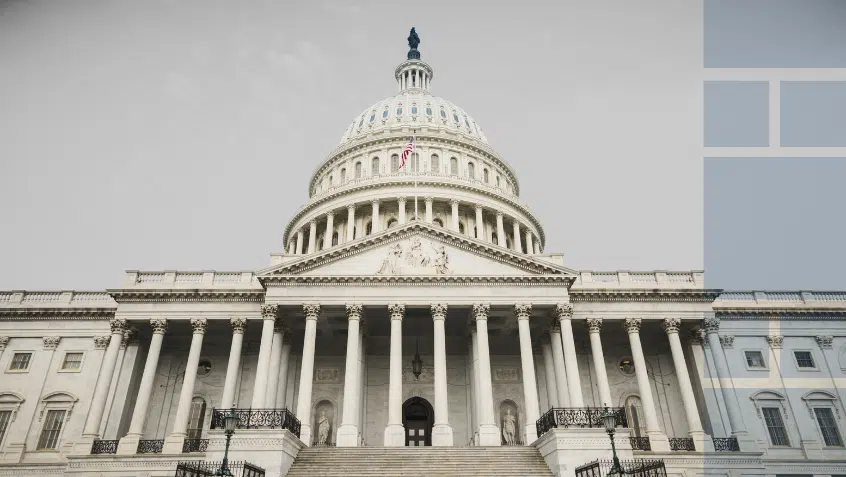Join Us Live for a Discussion on Medicare, Democracy, and the Future of Health Care
As Use of Telemedicine Skyrockets, Need for Thoughtful Policy Grows

This week, the Centers for Medicare & Medicaid Services (CMS), the federal agency that oversees the Medicare program, released information on the use of Medicare telehealth during the COVID-19 public health emergency. These data show a sharp increase in people with Medicare using telehealth as beneficiaries and providers have tried to avoid in-person visits for better safety.
Before the pandemic, most people with Medicare could not receive telehealth services in their homes, though they did have access to some remote services that CMS does not classify as “telehealth,” including certain virtual check-ins with their providers. This changed earlier this year when Congress and CMS waived some of the restrictions that prevented access for many beneficiaries. As a result, use of telemedicine skyrocketed, from around 13,000 Original Medicare beneficiaries per week to nearly 1.7 million during the last week of April.
According to the data released, 22% of rural beneficiaries used telehealth and 30% of urban beneficiaries did as well. Importantly, the numbers are mostly equal across ages, races, and ethnicities. People enrolled in both Medicare and Medicaid had higher rates of telemedicine use at 34% compared with 26% of those enrolled only in Medicare. These numbers reveal the widespread need for, and acceptance of, remote care and show some promise in reducing racial disparities in access to care.
At Medicare Rights, we see the potential for telemedicine to increase access to care for everyone with Medicare. However, the widespread use of remote care during the pandemic leaves some questions as to what the rules should be once the pandemic is over.
Earlier this week, we submitted comments in response to a request from the Taskforce on Telehealth Policy for feedback from a broad cross-section of stakeholders in health policy, including advocacy organizations, providers, and payers like health insurance plans. We laid out our concerns with some of the new rules and our hopes that data and beneficiary preferences and outcomes will be the guiding forces behind any permanent telehealth changes. In particular, we urge CMS to start laying the groundwork for ending any of the new rules by allowing for an extended phasing-out period to ensure access to care is not abruptly ended.
Telemedicine can greatly extend access to care for people with Medicare, but we must be thoughtful and cautious in our approach to ensure people get the care they need while avoiding any unintended consequences.
Read more about the new CMS telemedicine data.
Read comments from Medicare Rights to the Taskforce on Telehealth Policy.
Read more about Medicare telehealth generally and during the COVID-19 emergency on Medicare Interactive.
Show Comments
We welcome thoughtful, respectful discussion on our website. To maintain a safe and constructive environment, comments that include profanity or violent, threatening language will be hidden. We may ban commentors who repeatedly cross these guidelines.
Help Us Protect & Strengthen Medicare
Donate today and make a lasting impact
More than 67 million people rely on Medicare—but many still face barriers to the care they need. With your support, we provide free, unbiased help to people navigating Medicare and work across the country with federal and state advocates to protect Medicare’s future and address the needs of those it serves.
The Latest
Most Read
Add Medicare to Your Inbox
Sign up to receive Medicare news, policy developments, and other useful updates from the Medicare Rights.
View this profile on InstagramMedicare Rights Center (@medicarerights) • Instagram photos and videos









